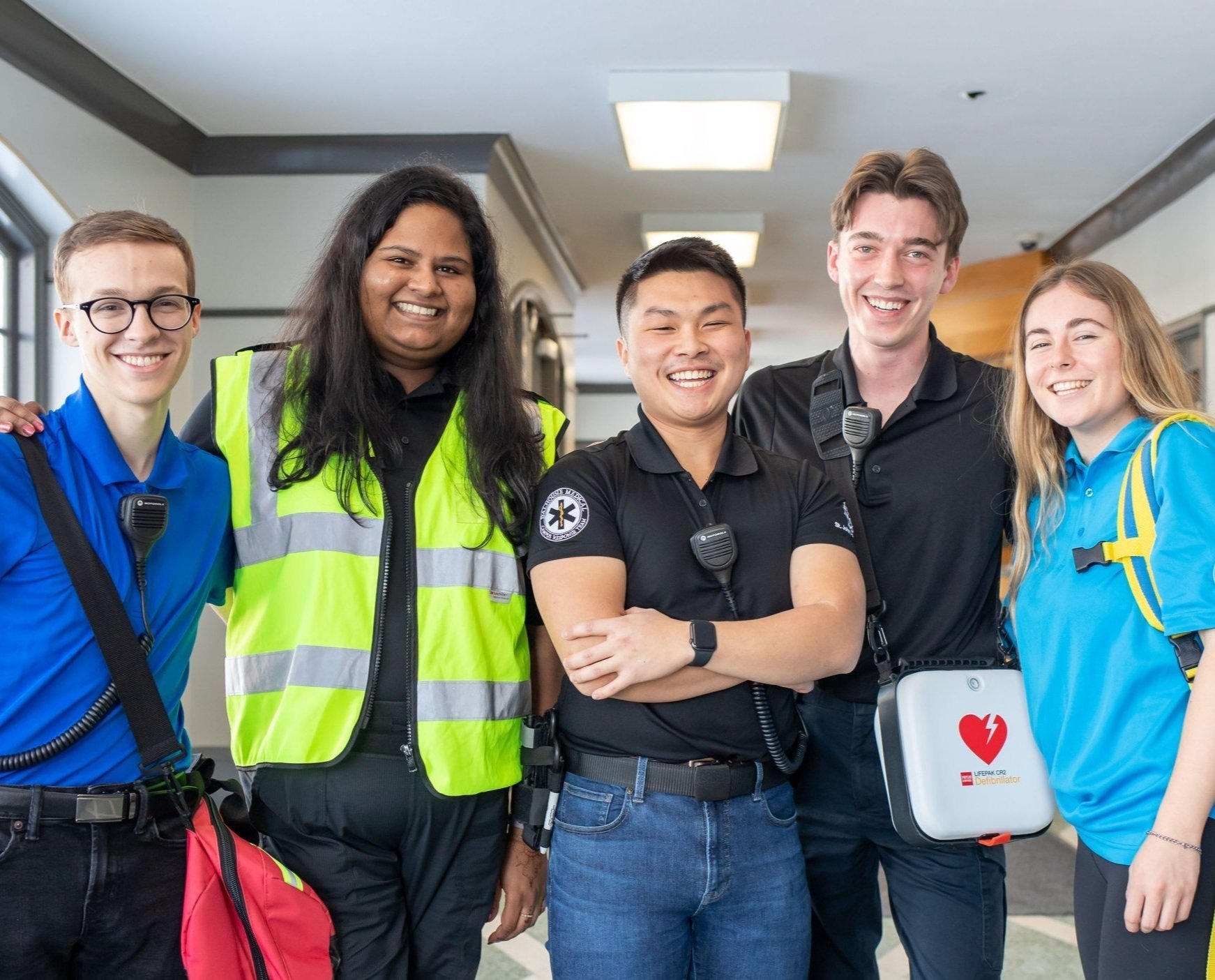Dalhousie Student Union’s
Let’s Talk Harm Reduction Campaign
Welcome to the DSU’s Harm Reduction webpage! Here you can find information on alcohol, cannabis, and other psychoactive substances that may be used by students and youth on campus.
What can you learn from our resources?
How certain substances & mixtures of substances affect our bodies
How to stay safe if you choose to use
How to spot dangerous side effects in friends or loved ones who have used
How to care for someone who is experiencing dangerous effects of
substance useHow to ask for help if you or a loved one are in danger
When should I ask for help? Who should I call?
Whenever you are in doubt or do not know how to help someone, always call for emergency assistance! Remember that you are a friend, not a doctor. When in doubt, call 911!
Nova Scotia Mental Health and Addictions Crisis Line: 1-888-429-8167
Dalhousie Medical Campus Response Team: (see below)
Dalhousie Medical Campus Response Team (DMCRT)
Confidential, peer-led, judgement free approachable support, First aid support, responding and coordinating student safety concerns.
Request their support via Dal Security Line or DalSAFE App Chat or access Dalhousie Security Services at 4109 or (902) 494-6400.
Where to find us for support:
Thursday - Saturday nights | 8pm - 8am.
Co-located with Dal Care Hubs during big campus events. See Dalhousie’s Substance Use Resources here.
What is Harm Reduction?
Harm Reduction is an approach to substance use and addiction that aims to reduce the health and social harms associated with them. The term also refers to a movement for social justice built on a belief in, and respect for, the rights of people who use drugs. Therefore, this approach does not require that people stop using drugs as a prerequisite to receiving support.
The DSU is dedicated to providing judgement-free drug education for its members to learn how to stay safe if they choose to use drugs.
Tips to stay safe
Here are a few suggestions to help you stay safe!
Plan on how you’ll get home before you leave
Do not drive under the influence of psychoactive substances! You may want to assign a designated driver you can trust. If you are on campus, you can use the DalSafe app to call campus security to get you back to your residence safely.Tell your friends what the plan is
Let trusted friends or family members know where you are going and how you plan to get home.Don’t use alone!
Try to ensure you have a trusted person around who is not using drugs to look out for you and find help if you have a bad reactionKnow how to access help if you need it!
See our resources on who to call for help.
Check out the DalSafe app for more tips for staying safe on campus!
Resources by Substance
Cannabis
Cannabis is a psychoactive substance that causes the functions of the central nervous system to slow down.
Too much Cannabis can have you "Greening out" where a person feels sick after using cannabis products.
Alcohol
Alcohol is a depressant psychoactive drug that causes central nervous system functions to slow down.
Too much alcohol in a short period of time increases the risk of Alcohol poisoning.
Stimulants
Stimulants are substances which “stimulate”
the central nervous system. e.g Caffeine is a stimulant substance found in coffee. Other stimulants include nicotine, cocaine, and amphetamines.
Common effects of stimulants include:
increased focus and alertness, elevated mood, and increased speech & motor activity.
Opioids
Opioids are psychoactive substances that block incoming pain signals to reduce feelings of pain. Using too much of an opioid or a strong opioid that you have low tolerance for can be dangerous, as opioids suppress the ability to breathe.
In overdose, opioids completely stop a person’s breathing. it’s often fatal if there is nobody to help.
Mixed Drug Use
This section discusses different combinations of drugs and the risks associated with them. Some people may use more than one psychoactive drug in a short period of time. For example, someone may drink alcohol and then eat an edible cannabis product at a party. Mixing or combining drugs introduces a new set of risks and side effects to look out for, and some drugs are considerably more dangerous when used together.







